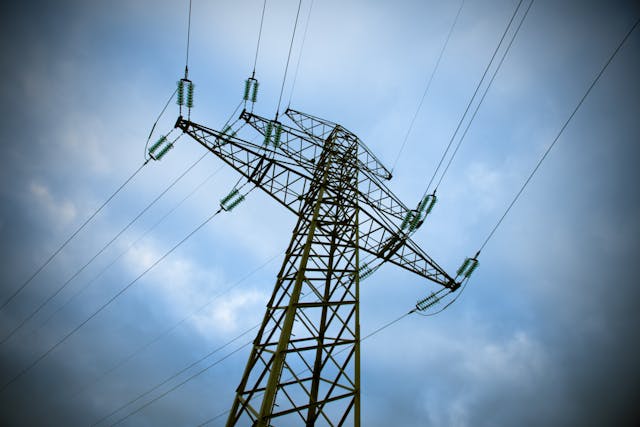
Electrical grounding is a fundamental aspect of electrical engineering that plays a crucial role in ensuring safety and enhancing the reliability of electrical systems. In the context of solar energy, grounding is especially important, not only for the protection of equipment but also to safeguard personnel from electrical hazards.
Understanding Electrical Grounding
Electrical grounding involves creating a direct physical connection between electrical equipment and the earth. This connection is typically made using a conductor—a grounding wire—that provides a path for electrical current to follow back to the ground in case of a fault. Grounding helps stabilize voltage levels, provides a reference point for the system, and most importantly, it diverts unwanted current caused by short circuits, lightning, or other anomalies safely into the earth, preventing injury or damage.
Why Grounding is Important
The importance of grounding cannot be overstated, particularly in terms of safety. It prevents the build-up of voltages that could lead to electrical shocks or fires. Proper grounding is also crucial for the protection of electrical and electronic equipment from surges and faults. Without it, these systems would be vulnerable to irregular current flows that could cause severe damage or even catastrophic failures.
Grounding in the Solar Energy Industry
In the solar energy sector, grounding is essential not only for safety but also for the functional operation of photovoltaic (PV) systems. Grounding helps protect against the effects of lightning and ensures that the entire installation remains at earth potential, thus minimizing the risk of electrocution or equipment damage.
Grounding Components in Solar Installations
- Grounding Lugs: These are used to securely attach the grounding wire to the solar panels and the mounting structure. Grounding lugs ensure a solid and reliable connection that is crucial for the safety and longevity of solar systems.
- Wiley Bonding Jumpers: These components are essential for creating electrical connections between different sections of the solar array. They help maintain continuity and integrity of the grounding path across the entire solar installation.
- Wiley WEEB Washers: The Washer, Electrical Equipment Bond (WEEB) is used to bond solar panels to the mounting structure. These washers are placed between the solar panels and the mounting rails, ensuring that the entire system is properly grounded.
Conclusion
Effective grounding is a vital component of any electrical system, particularly in the renewable energy sector, where it ensures the safety and efficiency of solar installations. The use of grounding lugs, Wiley bonding jumpers, and WEEB washers are indicative of best practices in the solar industry, reflecting an ongoing commitment to safety and reliability. For anyone involved in solar energy projects, understanding and implementing proper grounding techniques is not just a regulatory requirement but a critical factor in protecting both people and equipment.

